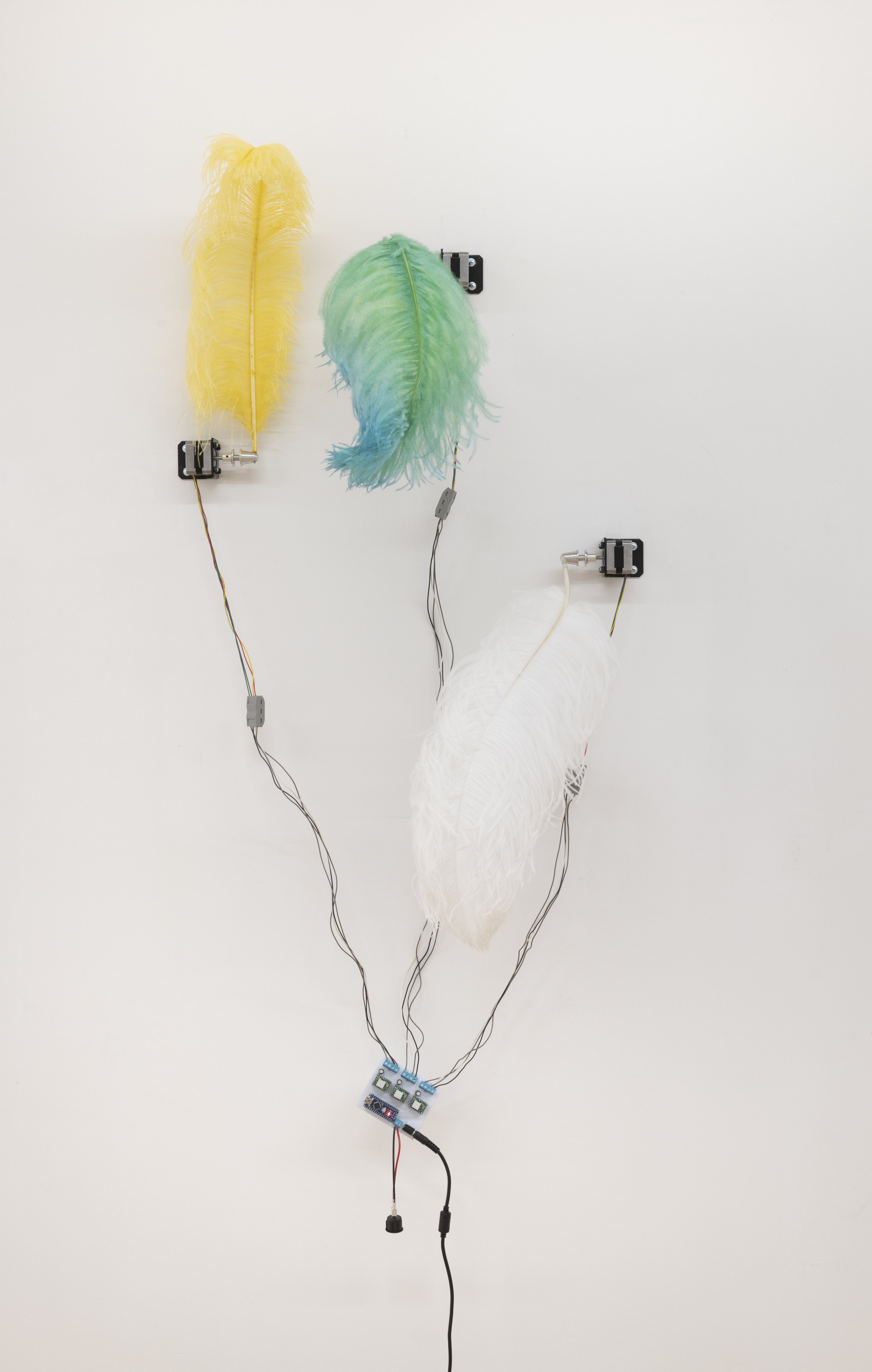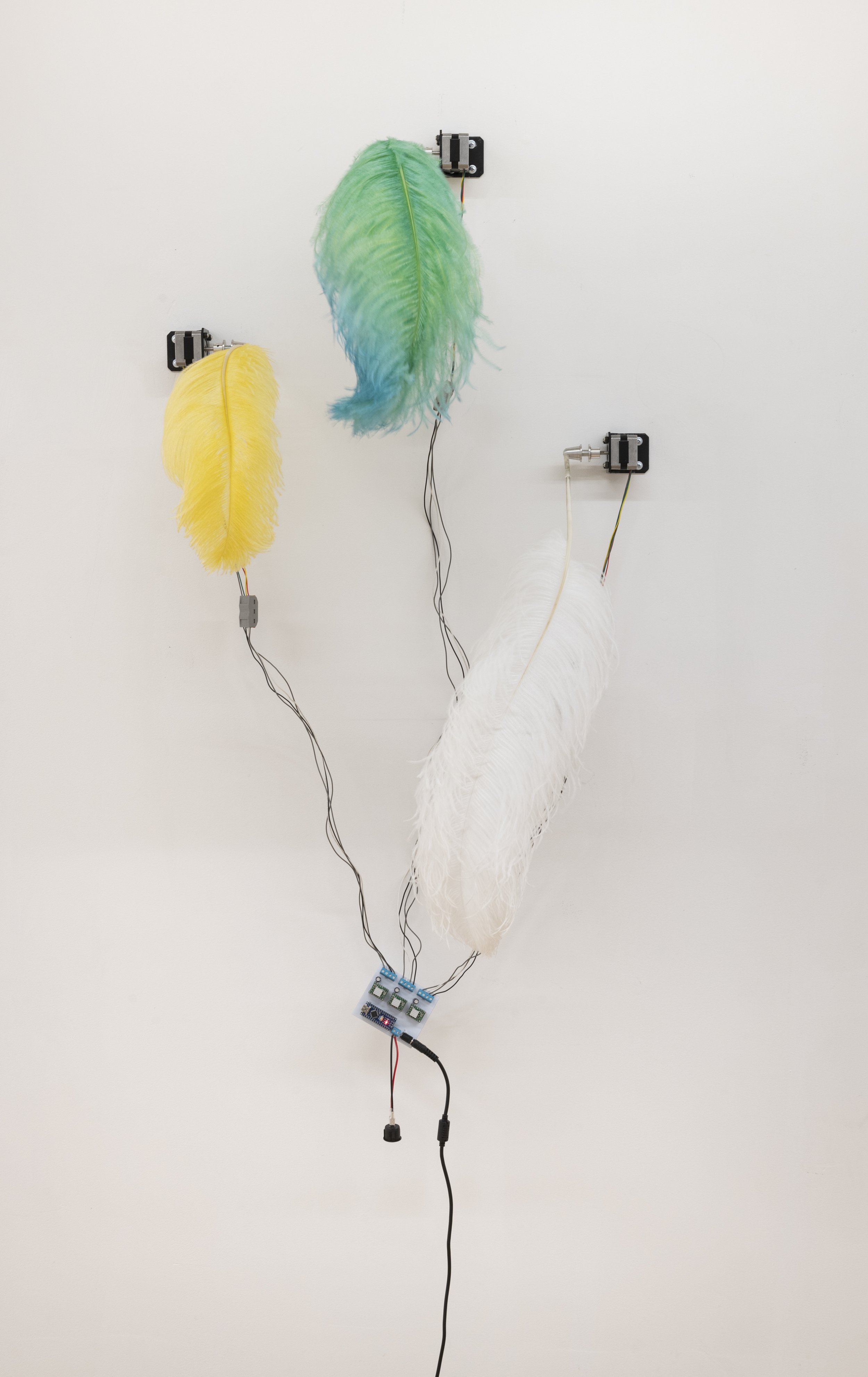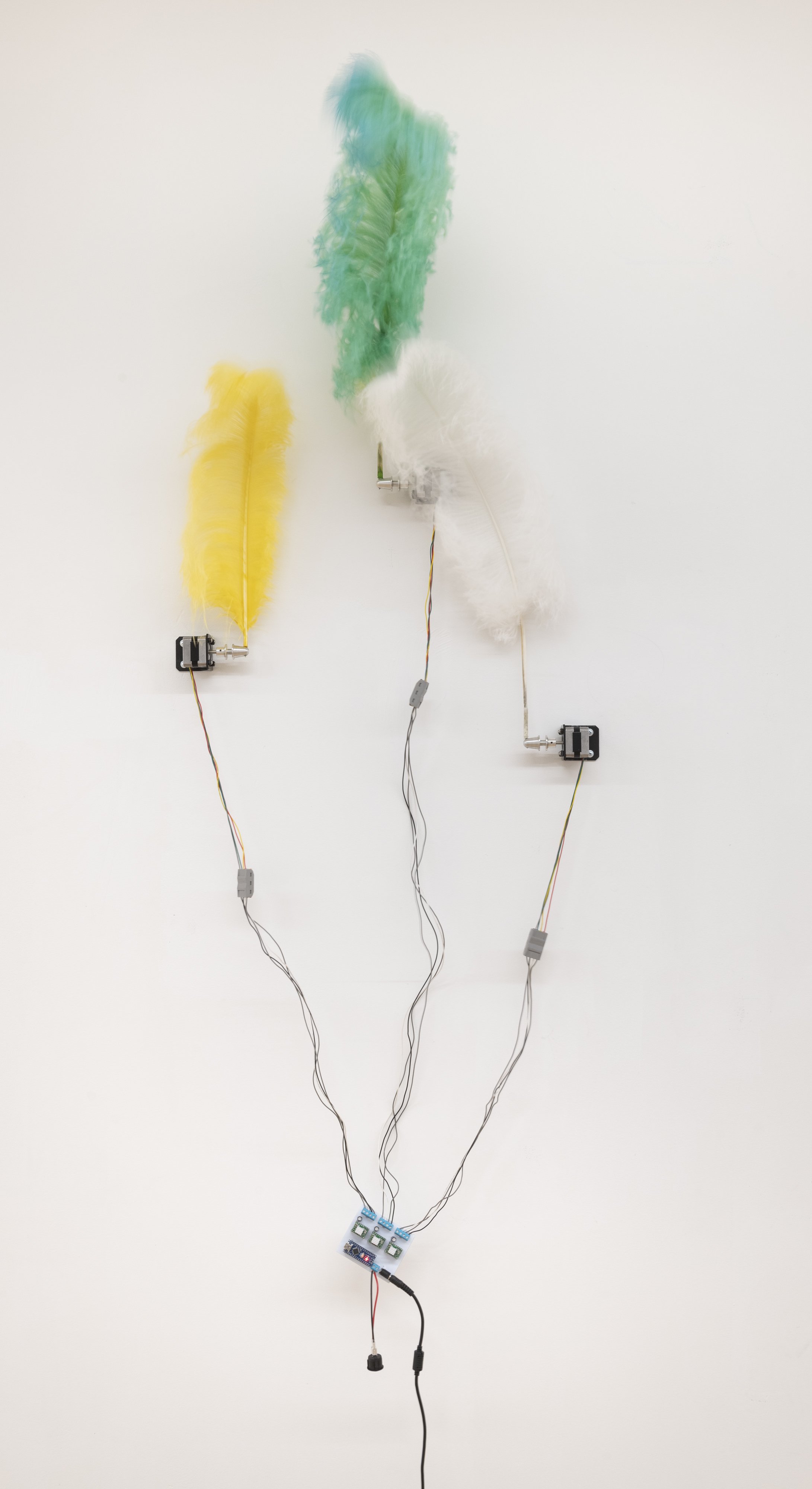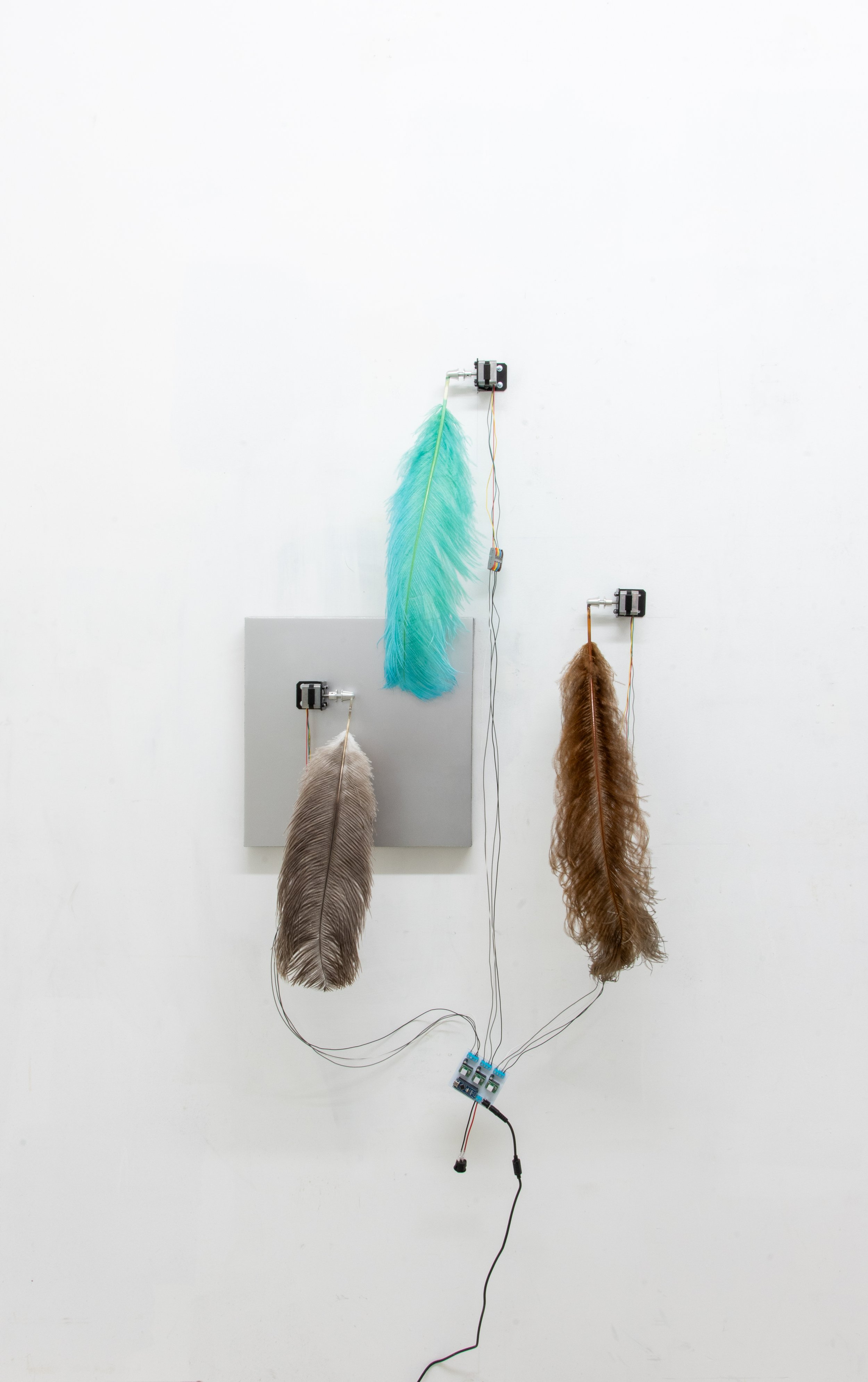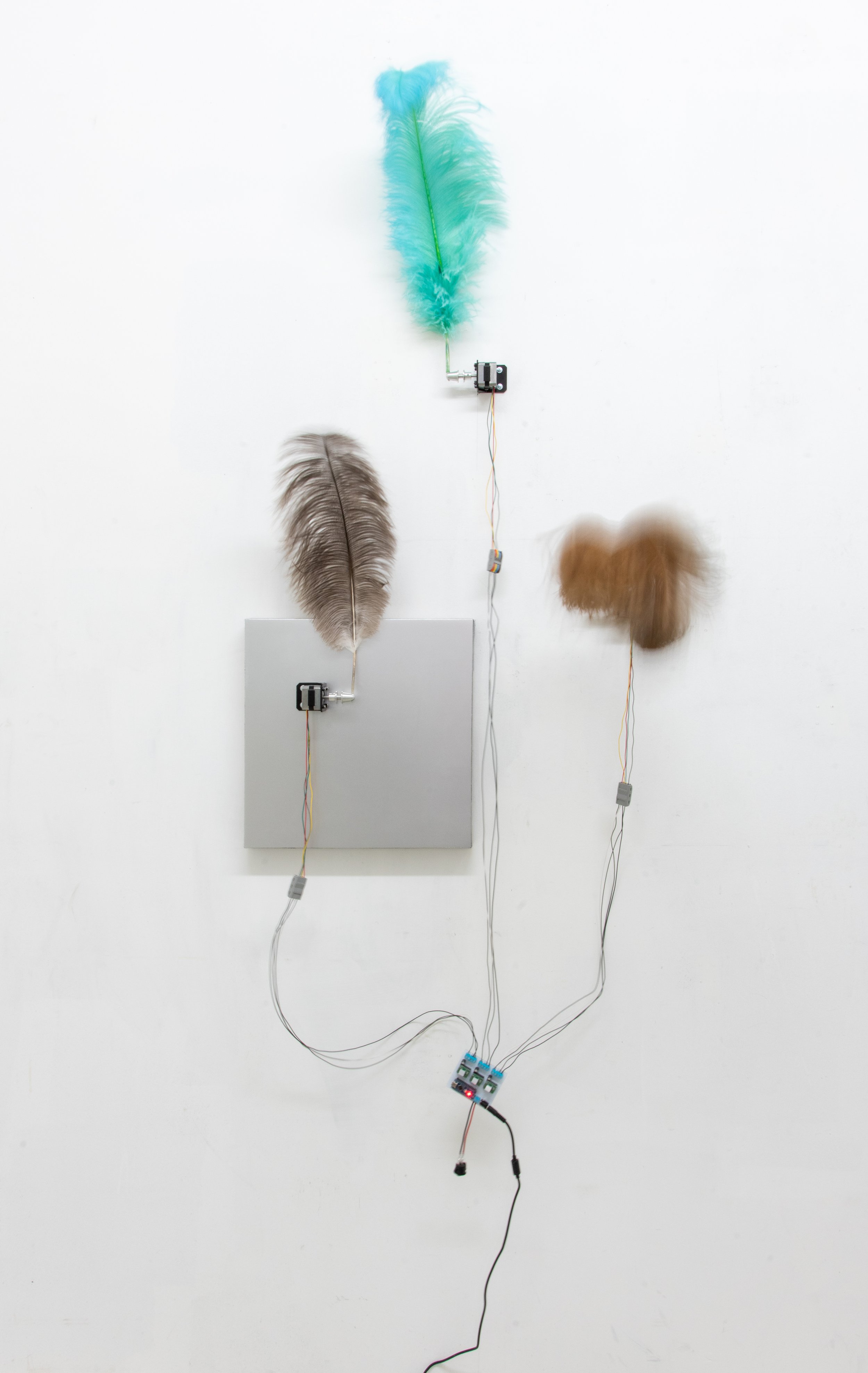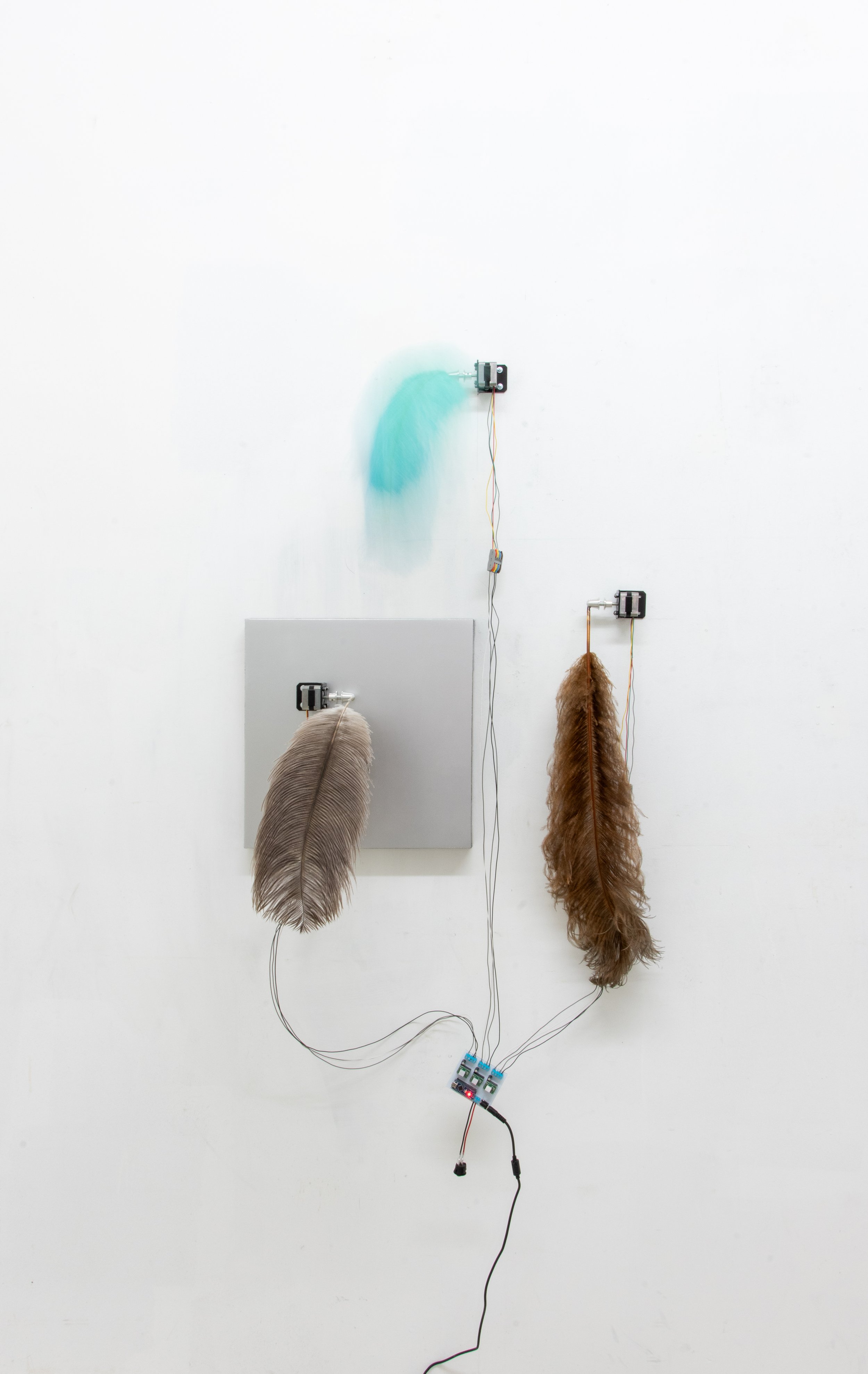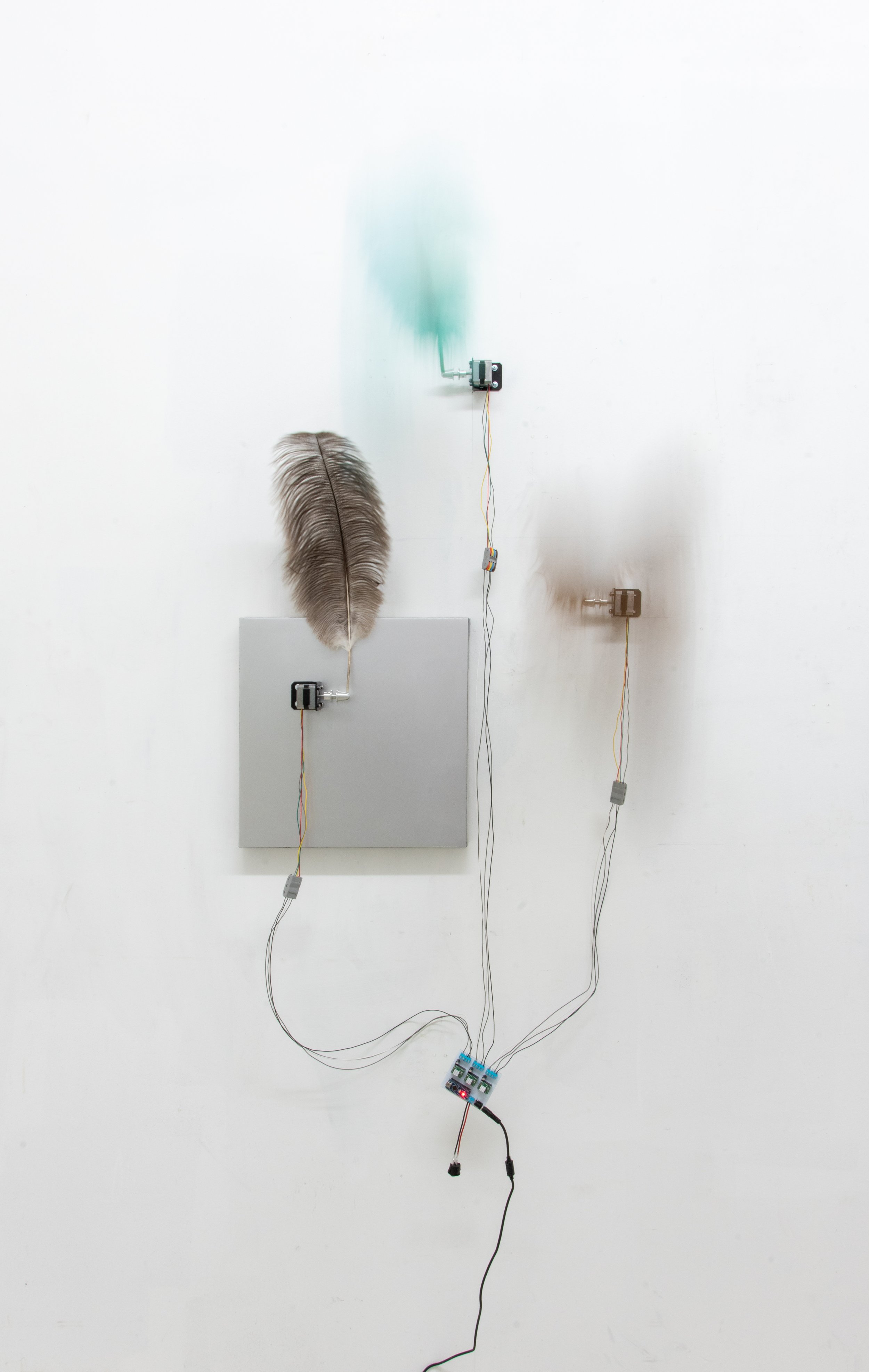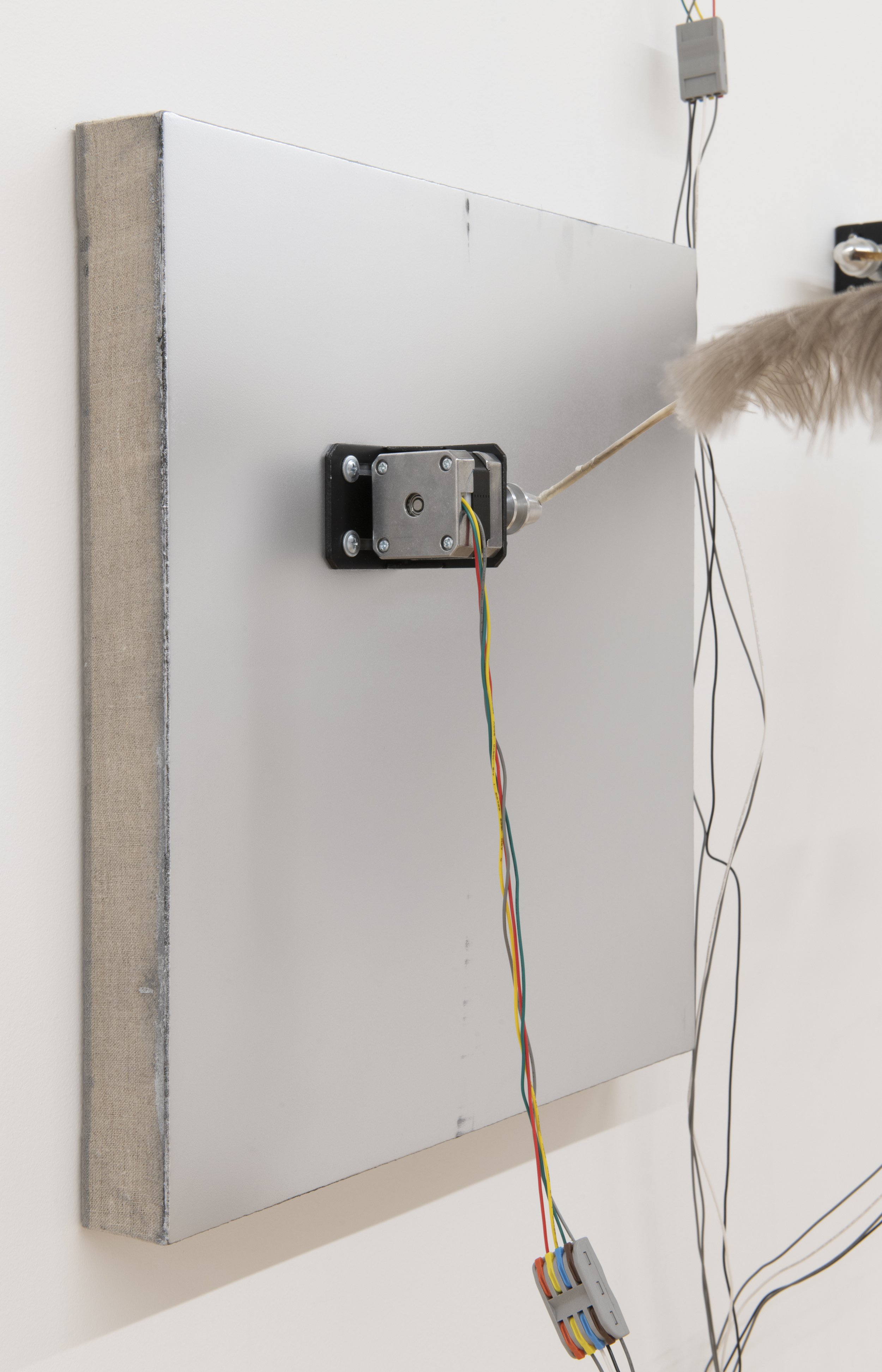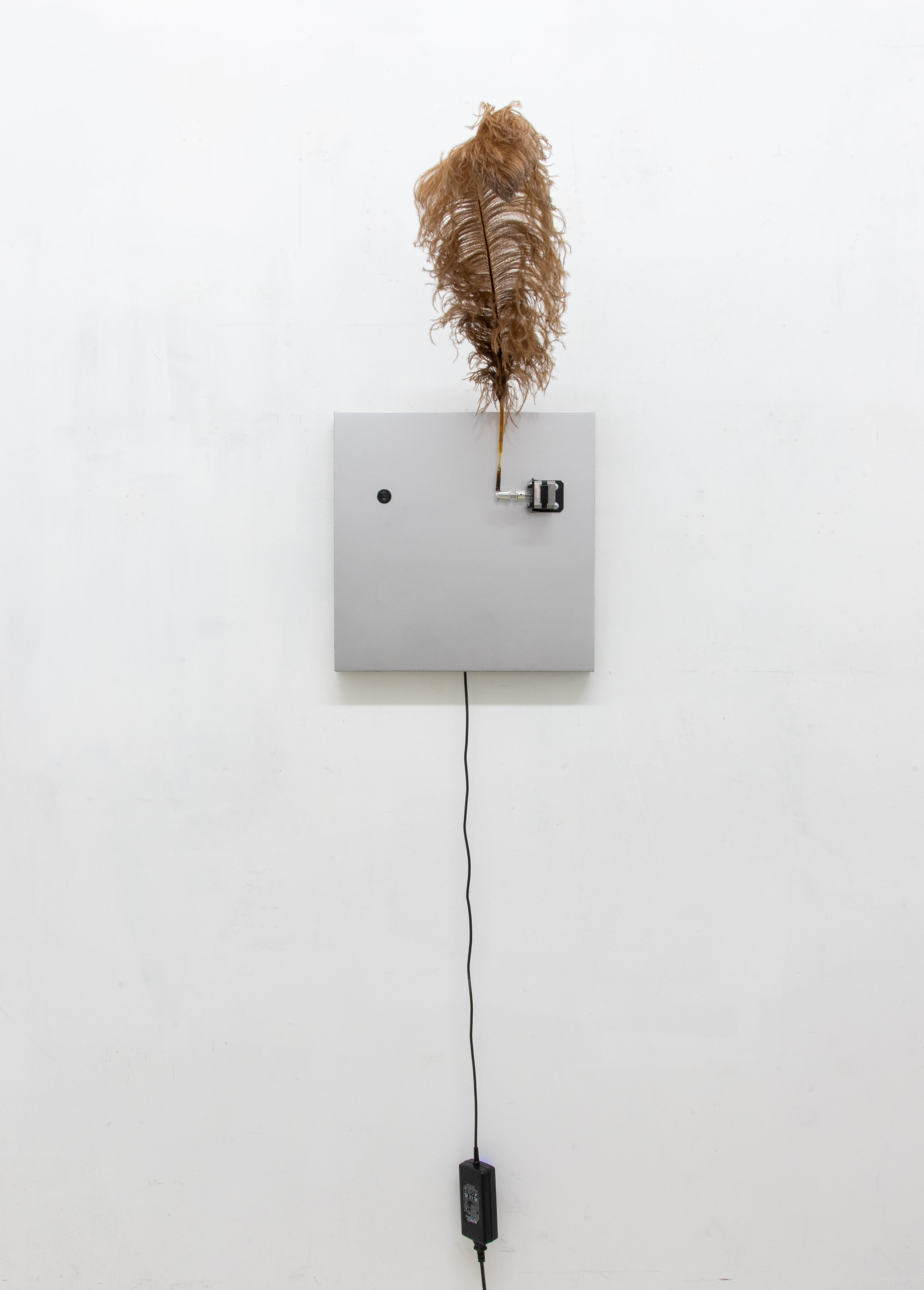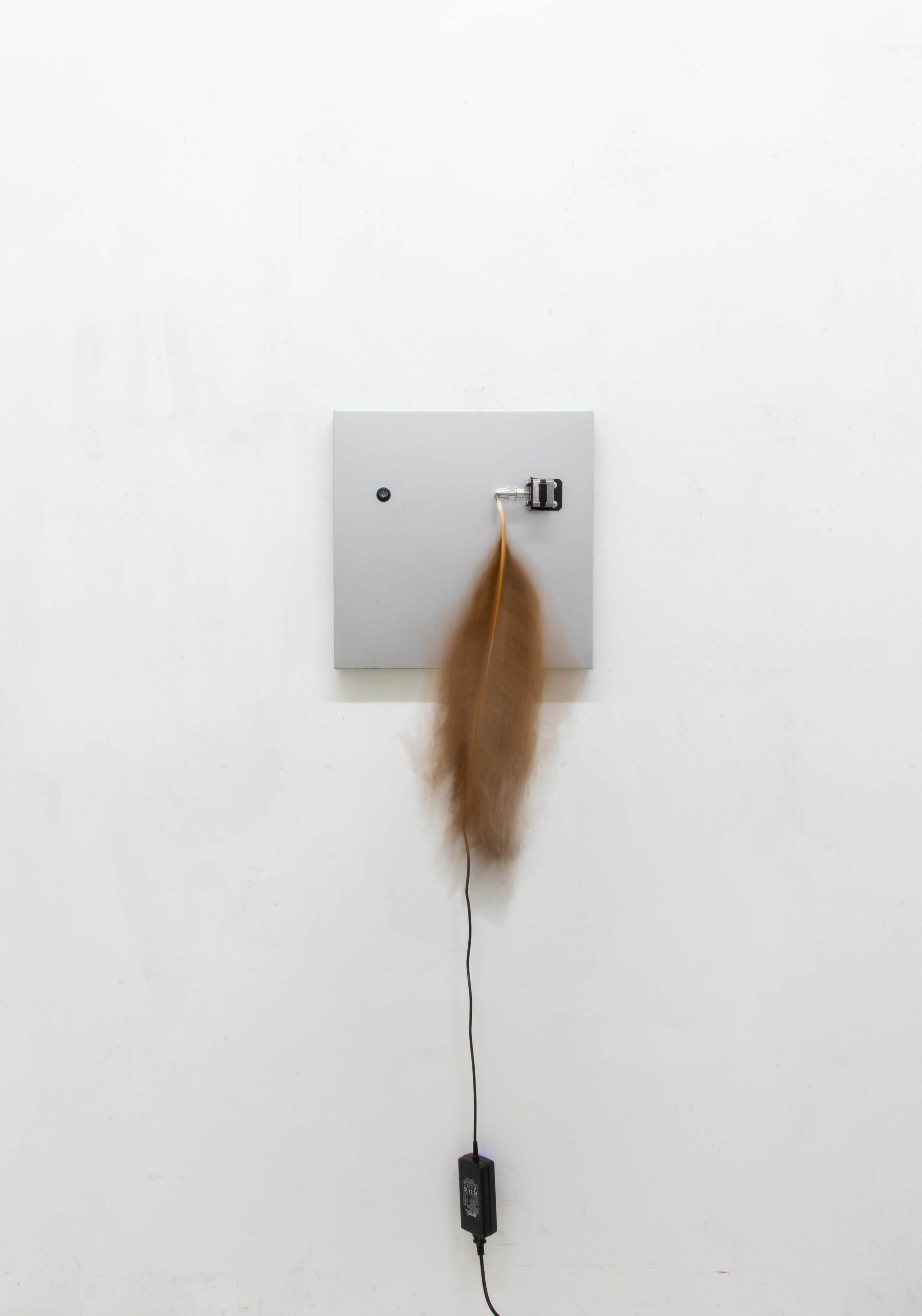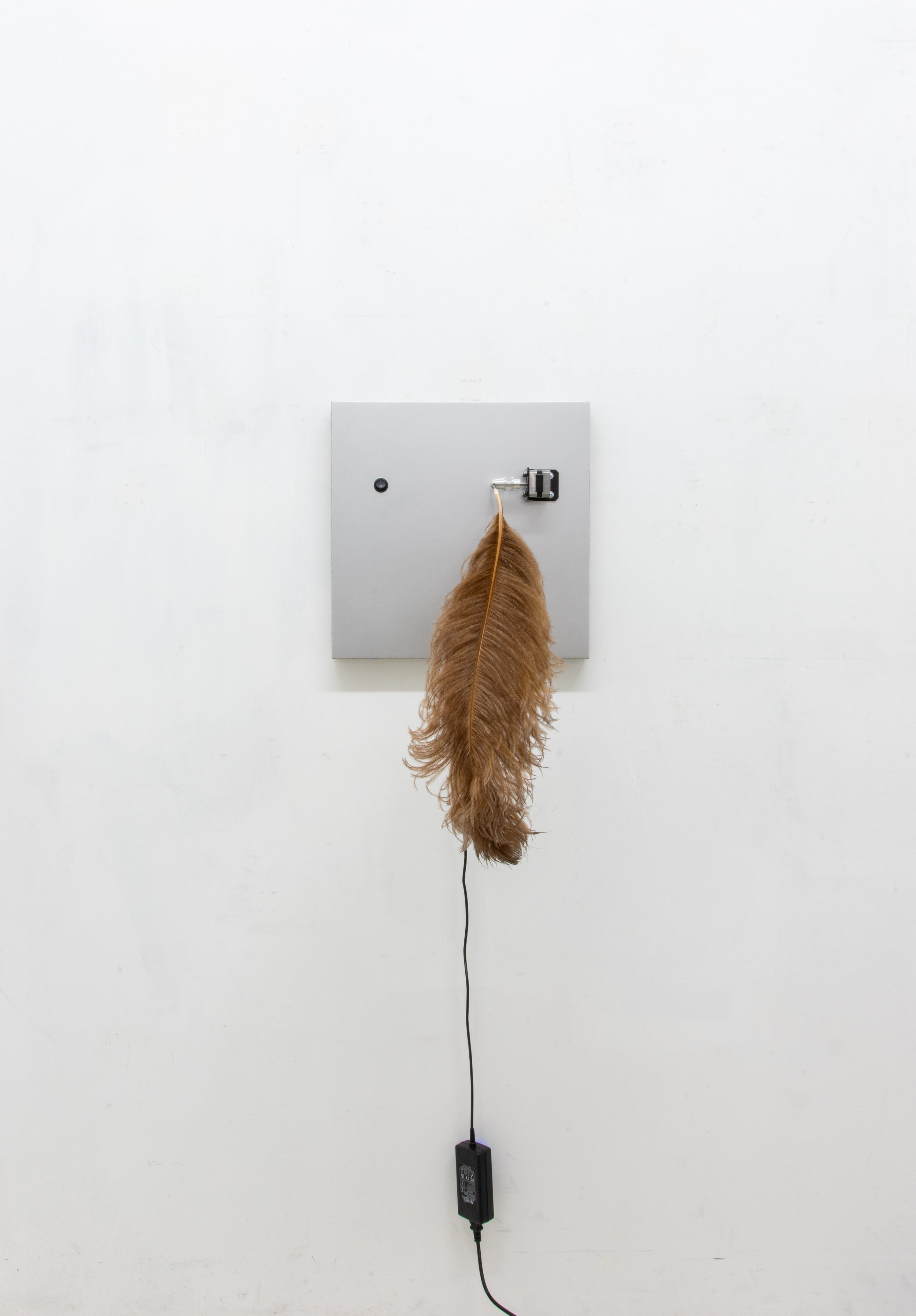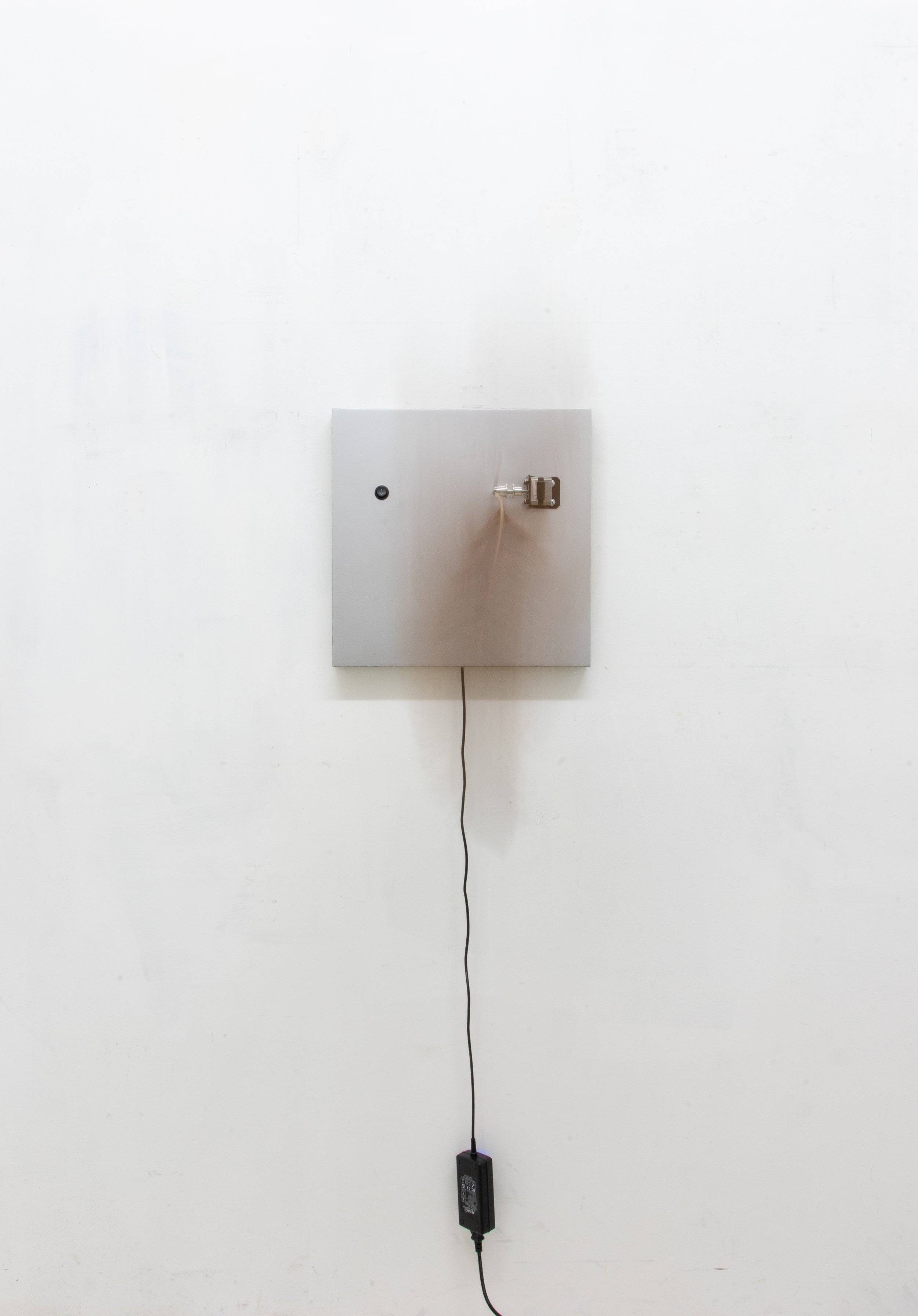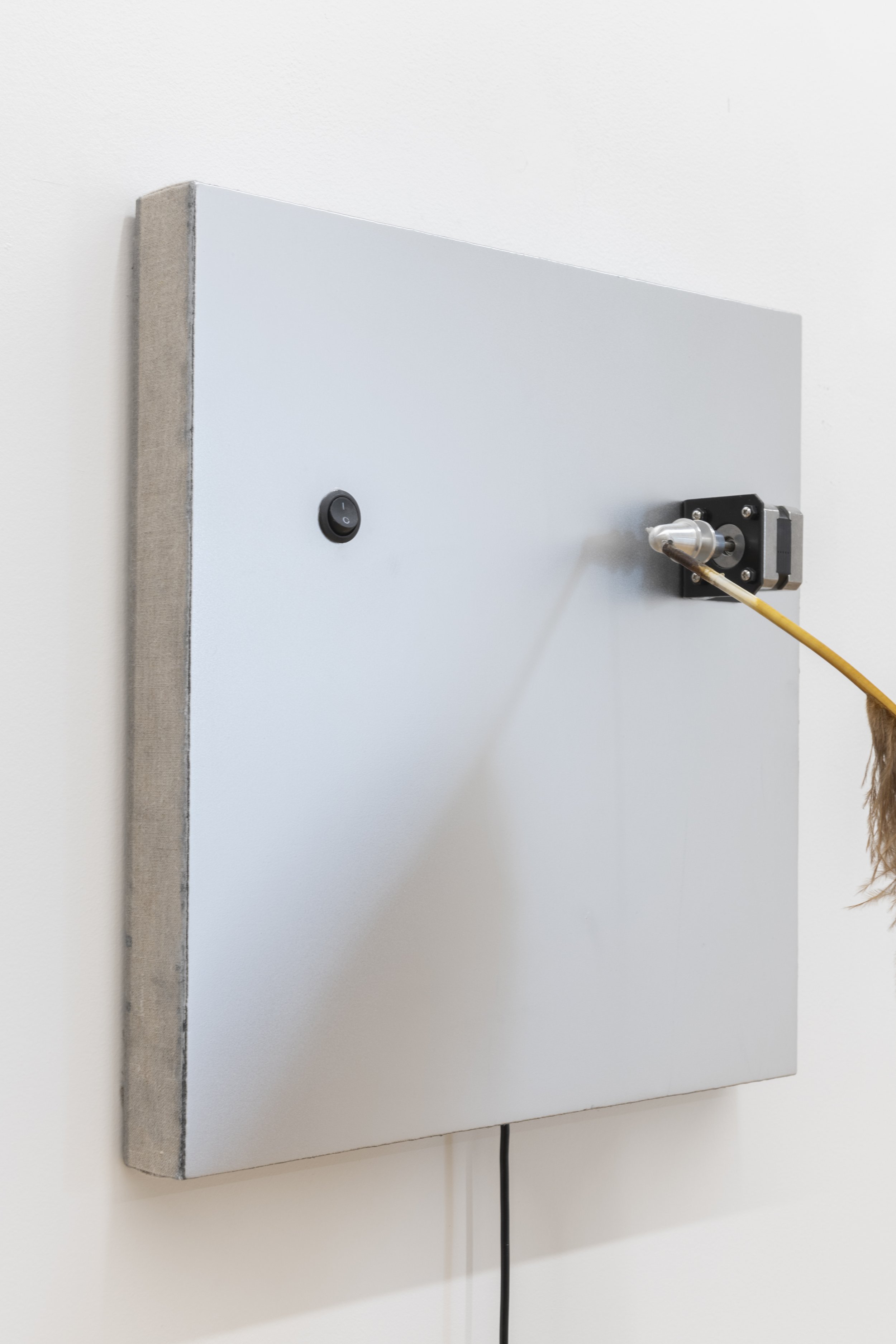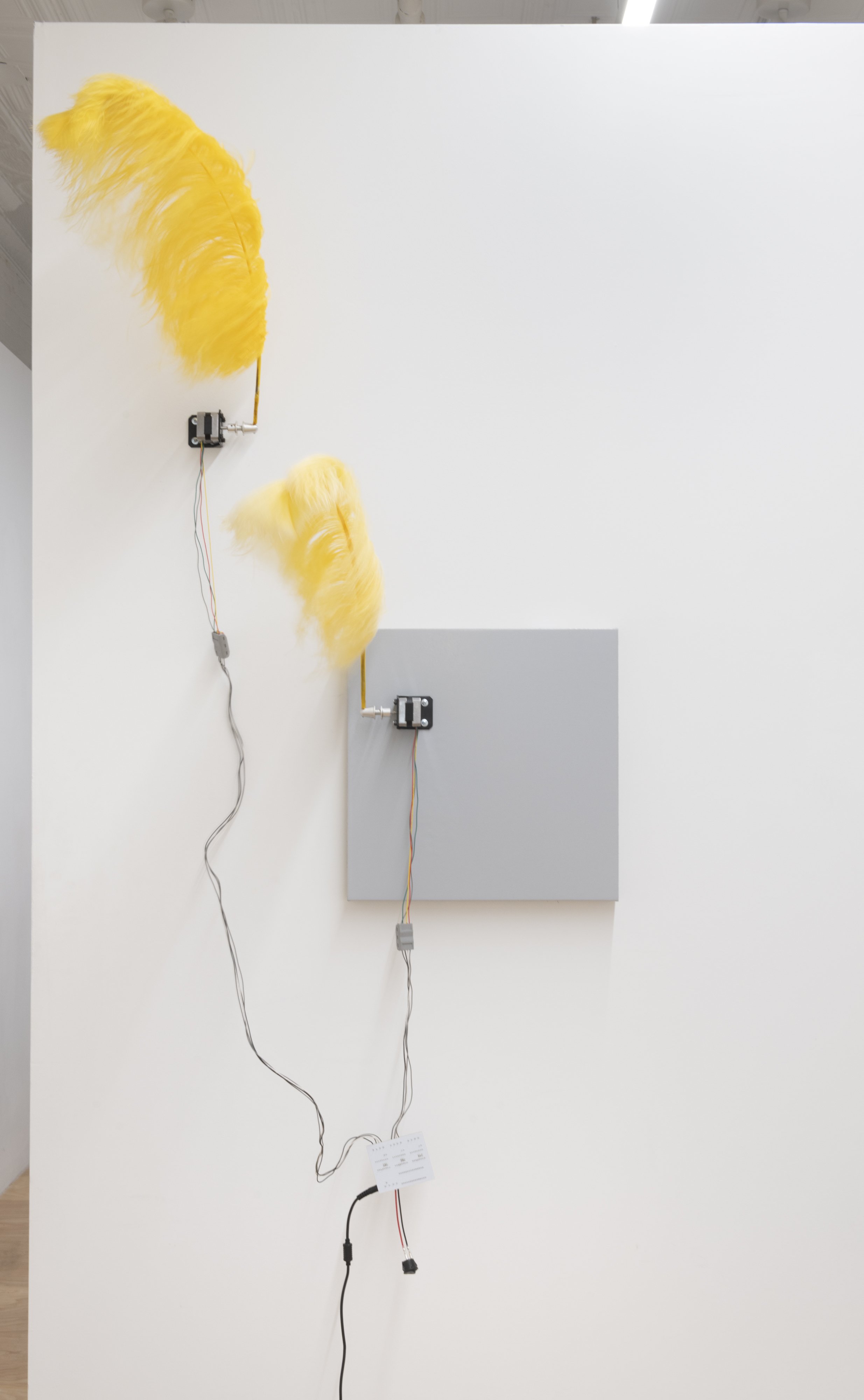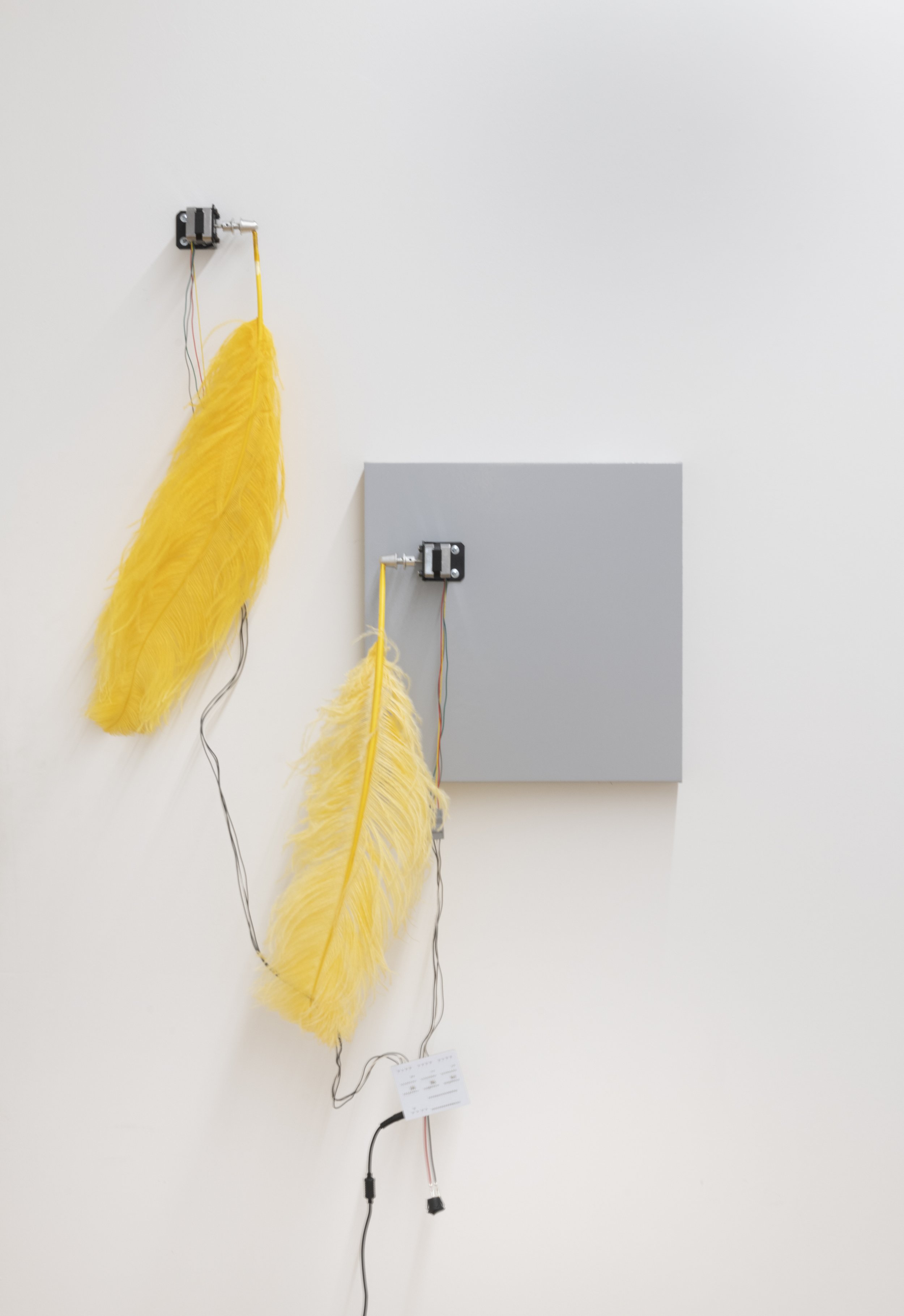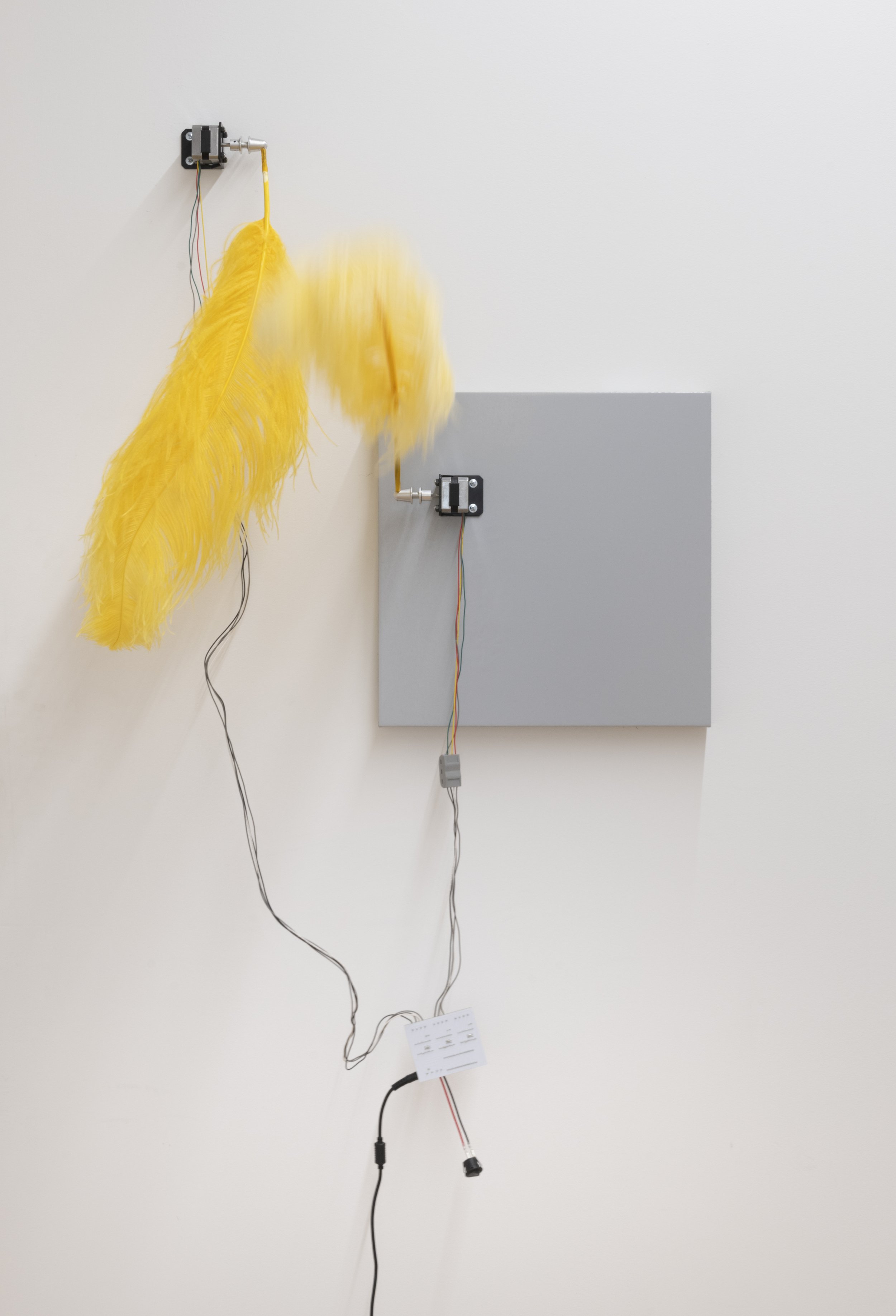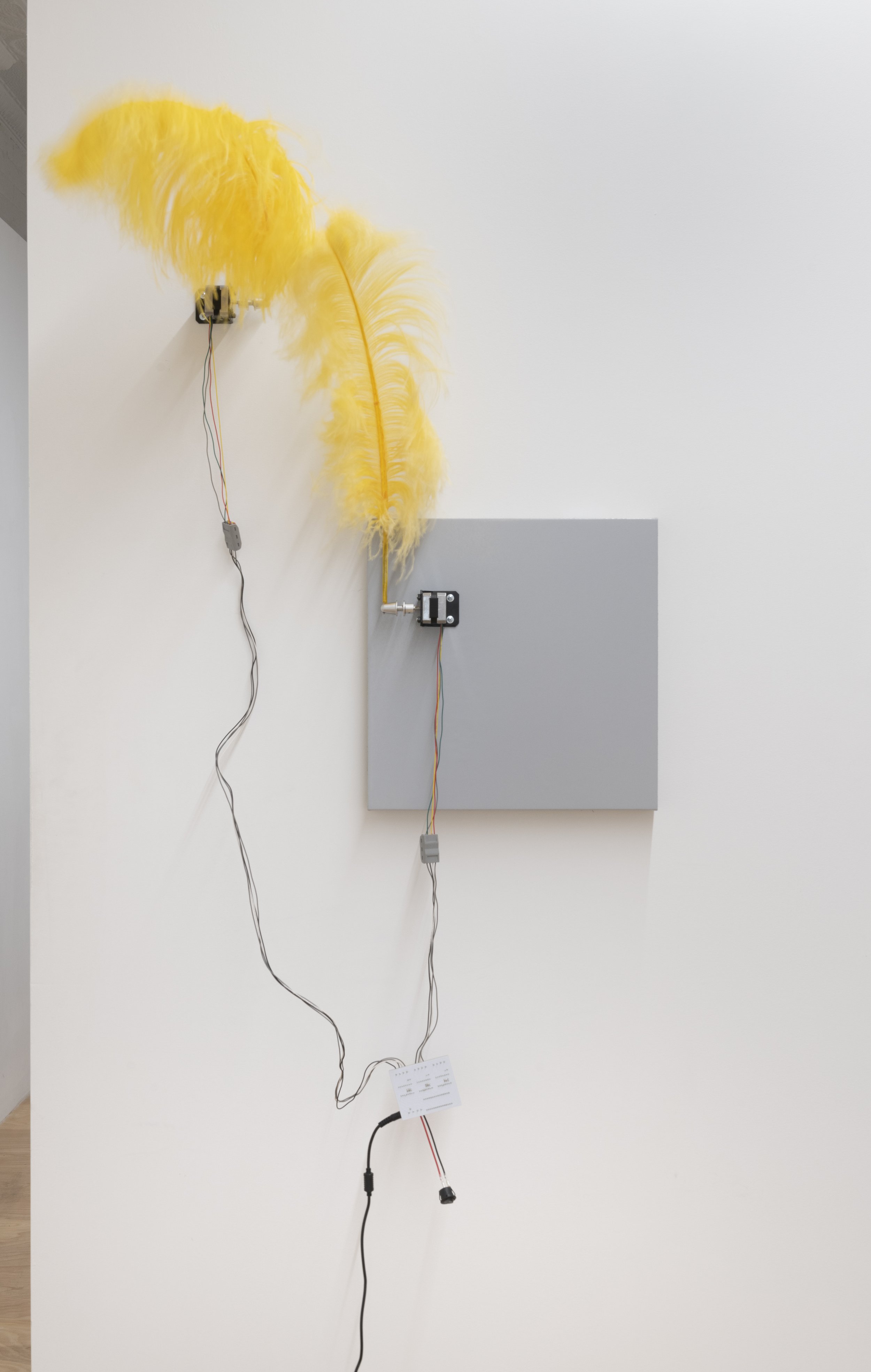ROBERT SANDLER
Symphony for a Good Boy
June 30 - August 5, 2023
Opening Friday, June 30, 6 - 8 pm
In his second solo exhibition at Kai Matsumiya Fine Arts Gallery, Symphony for a Good Boy, Robert Sandler develops his ludic interrogations of the elusive space that wobbles between surface and essence. These are works that tickle and poke, caress and strangle, wheedle and deny. Their excruciating eroticism, however, is more existential than hedonistic. Pulsating with pleasure but rightly suspicious of its constitutive poles of sensuality and power, they position all aesthetic endpoints as the butt of a questioning joke. Satisfaction, for them, is merely the beginning.
Sandler’s guide to this garden of tortured delights is a clown, or rather the clown: white mask, red nose, ridiculous, sad, and scary. In his previous show, Ha! Ah! (2021), that quasi-human mood enhancer dominated the imagery. There he was the artist-as-joker, playing dumb tricks in a photographic frame or cage, offering his dignity for your delight, his failure for your success. Two years later, this clown-flower has fructified. Its pollen now inseminates the artistic process, contaminating the space, the medium, the form, and producing bastard works that intermix low comedy and high art: works of complicated bluntness, works of conceptual buffoonery, works of deep clowning.
Symphony for a Good Boy revels in the clown’s gayness and cruelty. Eleven untitled feather works structure and oversee the space like an orchestra, or a Greek chorus. These face-sized square canvases are smothered with an impenetrable monochrome veneer that evokes the perfect packaging of a design product, or perhaps the latexed thrills of dominated devotion. The ostrich feathers complement the gagged surface with flourish and levity, but they also tickle and torture. Vacillating in mechanical spurts between function and thingness, between meaning and beauty, they pause and pose only to join the ordered cacophony anew.
Mechanical and abrupt movements of plucked-out feathers evoke an image that is more bitter than sweet. Crucially, though, it is also very funny. These cyborgs’ failed attempt at grace, at once touching and pathetic, goes to the heart of Sandler’s project, pointing at the depths of his search. Like Henri Bergson for whom the comedic appeared as “something mechanical encrusted on the living,” Sandler, too, sees laughter as an ethical refusal of certitude and its ossifications — a refusal, that is, of the many faces of death. Like a stuck-out tongue or a well-timed fart, the feather works perpetually puncture the balloon they themselves inflate, impeding any finality, hindering all success.
If, in their self-awareness and anthropomorphized flamboyance, the untitled feather works evoke a Michael-Friedian theatrophobia (and the string of normative phobias that accompanies it), Lucky (2023) offers respite. The straightforward referentiality of the sculpture, its static objecthood, its in-progress quality, its sub-human subject — all whisper docility, if not submission. The neutered dog offers himself to the viewer completely.
… and yet, it poops. Which is to say, it works, it produces, it exchanges, it moves. The graceful state of aesthetic absorption is once again punctured by the clown’s lingering, cruel smile, by the excrement which simply cannot be contained. Lucky — whose name might refer to Beckett’s collared character in Waiting for Godot (1959) — has to go. Right now. But of course, he can’t go: “Nothing to be done!” As in his video work Exodus (2021), which shows a clown cajoling his unresponsive penis, Sandler, like Beckett, offers no satisfaction, only waiting. Hanging between anus and Earth, between function and thingness, the precious ur-object is halted in motion. Like all of us, like all of this, it is just another work-in-failure.
--- Amir Farjoun
Untitled, 2023, Ostrich feather, prop adapter, stepper motor, bracket, wire, docking connector, PCB board, Arduino Nano, 12V adapter, enamel on linen
Untitled, 2023, Ostrich feather, prop adapter, stepper motor, bracket, wire, docking connector, PCB board, Arduino Nano, 12V adapter, enamel on linen








